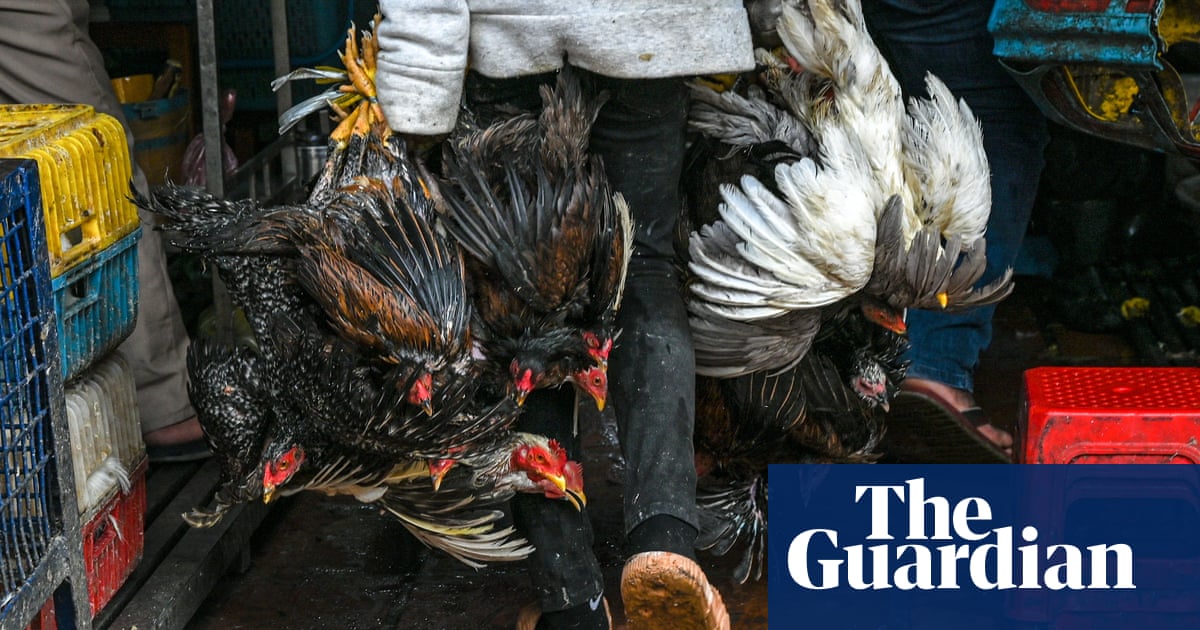
The discovery of two cases of bird flu within the same family in Cambodia has highlighted the concern over potential human-to-human spread of the virus, although experts have stressed the risk remains low.
On Thursday, Cambodian authorities reported an 11-year-old girl from Prey Veng province had died from H5N1, with subsequent testing of 12 of her contacts revealing that her father also had the virus.
However, it remains unclear whether the two cases were down to human-to-human transmission, or the result of both father and daughter having had close contact with animals infected with H5N1.
The World Health Organization said on Friday that increasing reports of bird flu in humans are “worrying”.
Sylvie Briand, the WHO’s epidemic and pandemic preparedness and prevention director, said the UN agency was in close contact with the Cambodian authorities for updates on the case and on tests of other people who had been in contact with the girl.
“So far, it is too early to know if it’s human-to-human transmission or exposure to the same environmental conditions,” Briand told a virtual press conference hosted in Geneva.
“The global H5N1 situation is worrying given the wide spread of the virus in birds around the world and the increasing reports of cases in mammals including humans,” she added. “WHO takes the risk from this virus seriously and urges heightened vigilance from all countries.”
Earlier this month, the WHO assessed the risk to humans from H5N1 bird flu as low, although its director-general, Dr Tedros Adhanom Ghebreyesus, said the recent spillover to mammals needs to be monitored closely.
“Since H5N1 first emerged in 1996, we have only seen rare and non-sustained transmission of H5N1 to and between humans. But we cannot assume that will remain the case, and we must prepare for any change in the status quo,” he said.
H5N1 –– often called bird flu– – is a highly infectious strain of avian influenza A virus that can cause severe respiratory disease and death in birds. While it has caused outbreaks before, the current epidemic has led to the devastation of avian populations around the world, including wild birds and commercial poultry.
The virus has also been known to jump from birds to other animals as well as humans, with the WHO noting that sporadic human cases are not unexpected as a result of exposure to infected poultry or contaminated environments.
Data from the WHO reveals that from January 2003 to 5 January 2023, there have been 868 cases of human infection with avian influenza A(H5N1) virus around the world, 457 of which were fatal. However, only six of these cases, and two deaths, occurred since the start of 2021.
Prof James Wood, head of the department of veterinary medicine at Cambridge University, said that despite the current epidemic in birds, there is no sign of a dramatic rise in cases or deaths in humans.
“There has been massive global challenge of wild and domestic birds with the current H5N1 avian influenza virus over the last few months and years, which will have exposed many humans; despite this, what is remarkable is how few people have been infected,” he said.
“Tragic though this case in Cambodia is, we expect there to be some cases of clinical disease with such a widespread infection. Clearly the virus needs careful monitoring and surveillance to check that it has not mutated or recombined, but the limited numbers of cases of human disease have not increased markedly and this one case in itself does not signal the global situation has suddenly changed,” he added.
Jonathan Ball, professor of molecular virology at the University of Nottingham, added the likelihood of onward human-to-human transmission is very low, but that it is important to monitor circulation of flu in bird and mammal populations and do everything possible to reduce the number of infections seen.
“It also highlights why efforts to develop next-generation cross-reactive vaccines are so important,” he said.





